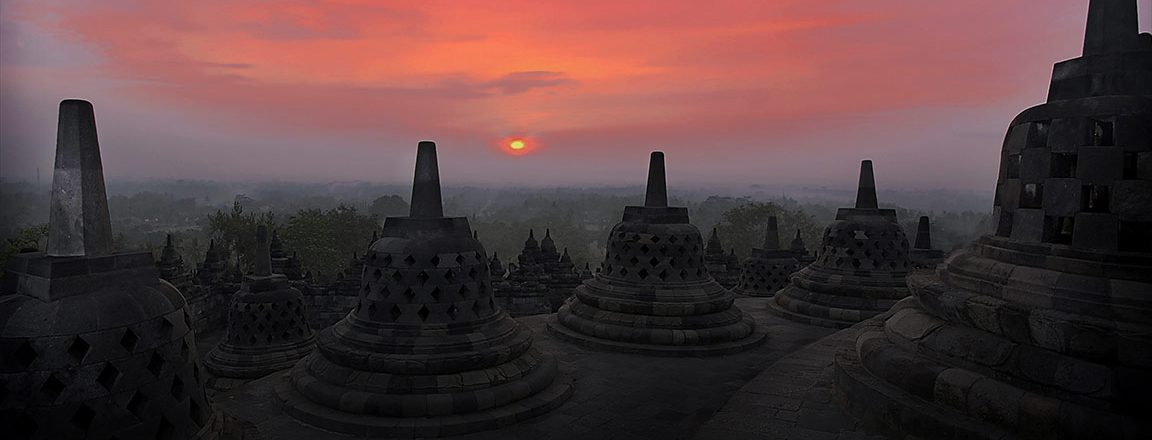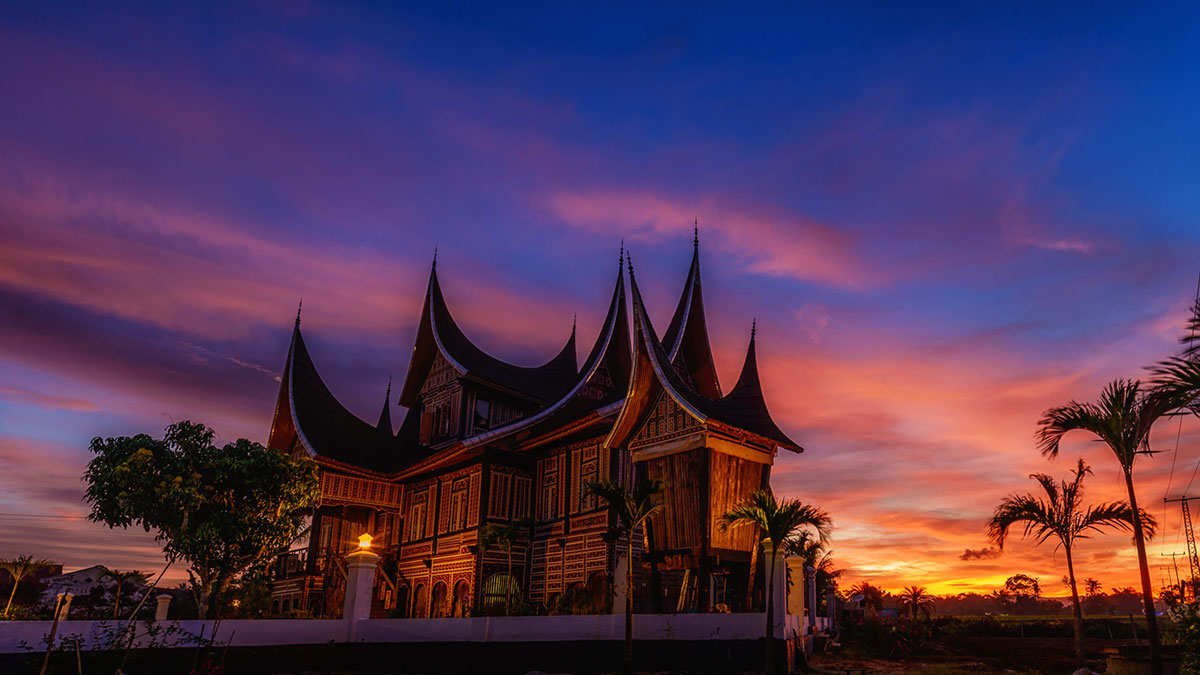A walk into Indonesian Architecture
The Architecture of Indonesia reflects the diversity of cultural, historical and geographic influences that have shaped Indonesia as a whole. Invaders, Colonizers, missionaries, merchants and traders brought cultural changes that had a profound effect on building styles and techniques. Traditionally, the most significant foreign influence has been Indian. However, Chinese, Arab – and since the 18th and 19th centuries – European influences have been important.
Discover the most beautiful ancient palaces and local architecture in Indonesia from the unique Tongkonan a traditional ancestral house, or rumah of the people, in South Sulawesi, with its boat-shaped and oversized saddleback roof, across the traditional Batak Toba house in North Sumatra and Balinese homes are a collection of individual, largely open structures (including separate structures for the kitchen, sleeping areas, bathing areas and shrine) within a high-walled garden compound, to the Papuan people that traditionally live in small family compounds composed of several circular huts known as honay with thatched dome roofs.






